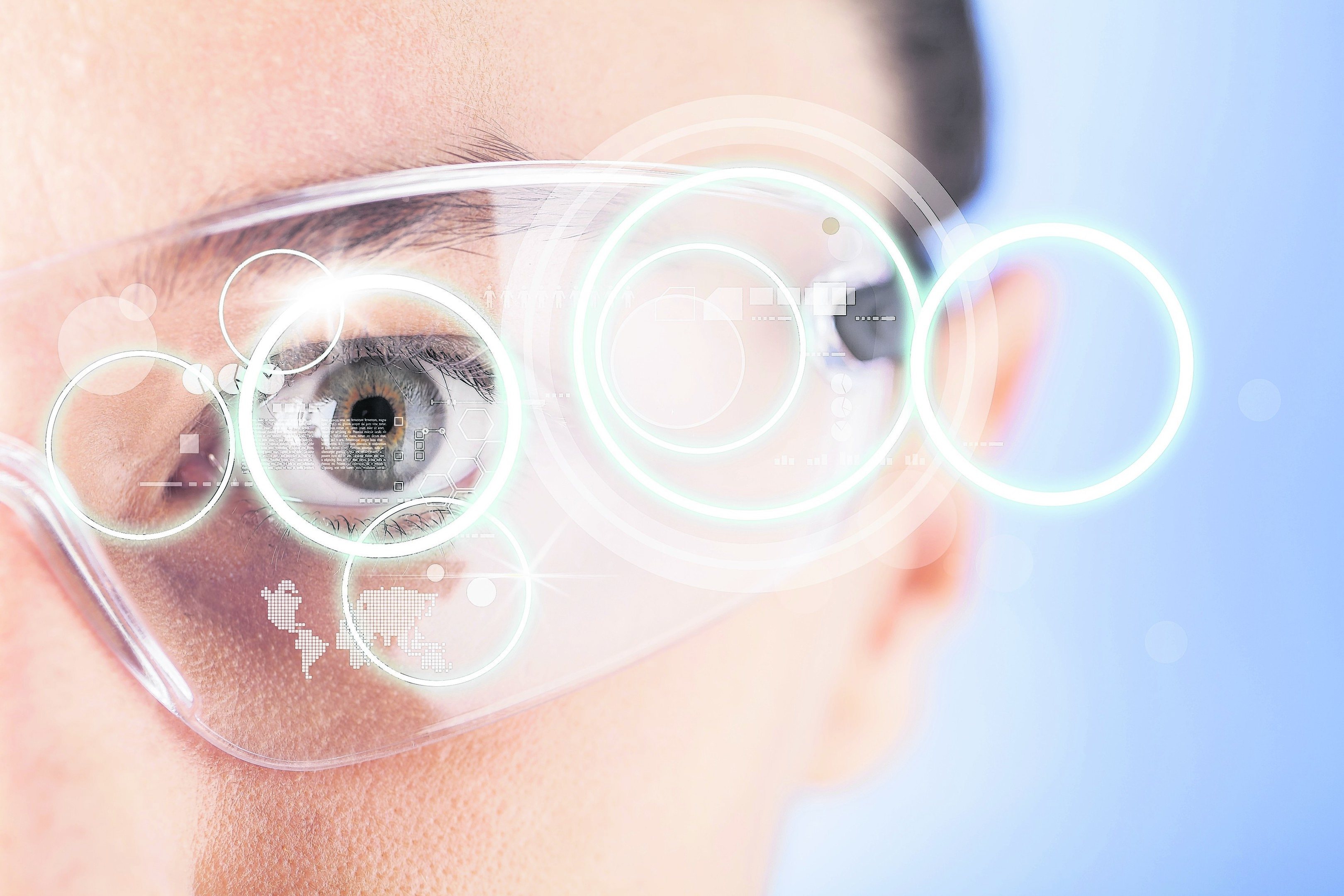The sun will break through eventually, and when it does, it’s essential you take care of your eyes.
Sunspecs have always been a summer staple but increasingly we see people wearing cheap lenses. What seems like a style shortcut has some serious disadvantages when it comes to the health of your eyes. What most people don’t know is that wearing the wrong kind of sunglasses in the sun is worse for your eyes than wearing no sunglasses at all.
When wearing any glasses with a dark lens, the pupil is prevented from contracting in the sunlight, helping you to see better. Unfortunately, when wearing sunglasses without the proper UV protection, the pupils stay dilated in the sun, letting in the harmful UV rays which can lead to cataracts, pytergia, and retinal scarring.
Without sunglasses, the eyes can naturally protect themselves to an extent – by contracting and letting as few UV rays in as possible – however, your vision is then compromised.
The best way to solve this problem is to buy quality, protection-rated lenses, to ensure your eyes are protected from both UVA and UVB rays, and that you have the best vision possible in the sun.
Always check that your lenses have one of the following:
The CE mark, which is the European standard for Ultraviolet filtering;
The British Standard BSEN1836, which guarantees the lenses will provide protection against harmful UV rays;
An assurance that the sunglasses offer 100% UV protection.
AIN’T NO SUNSHINE?
We hardly need tell you that your eyes aren’t just for summer. Keep on top of your eyecare schedule by booking a free NHS eye exam with Duncan and Todd. Why not enquire about our OCT service too?
Ocular Coherence Tomography is a quick, painless scan, with countless benefits for your eyesight as well as your health. It feels like having a photo taken, however with an OCT scan, we are shown vibrant colour pictures of the ultra-thin membranes at the back of the eye.
These layers at the back of the eye can be tricky to see with standard equipment, but with this 3D image, any fluid detected beneath the layers at the back of the eye can be revealed, measured and referred onwards if necessary. Similarly, the fluid inside the eye is analysed in 3D, helping us to establish if there has been any separation within the eye, which could relate to any ‘floaters’ you experience.
When the OCT scans the optic nerve we can then get a detailed analysis of the quantity and thickness of the nerve fibre layers and be immediately alerted to any thinning areas. This can help in detecting damage due to glaucoma and other eye issues.
We can also review the chambers inside the eye and evaluate the risk of closed angle glaucoma – allowing us the valuable time required to suggest treatment options. The 3D OCT scan is also used to review the thickness of your eye’s surface, which is very useful to have if we discover the pressure within the eyes is a bit higher than normal.
A huge benefit of an OCT scan is that repeat scans, even on healthy eyes, help us to monitor eye health over time, meaning any subtle changes can be immediately detected and treated much earlier than when scanning with other equipment only.
A small fee of £25 is charged for an OCT scan, but the benefits are countless. (Not available at every branch, please see www.duncanandtodd.com for details)
